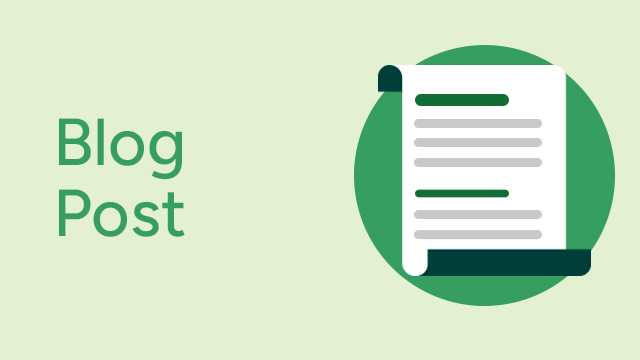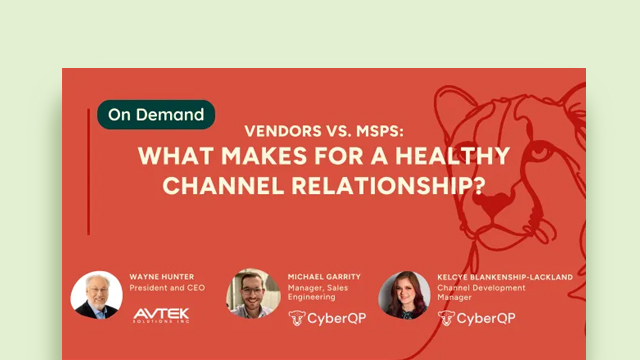
How Privileged Access Management (PAM) Protects Against Breaches
MSPs manage IT infrastructure for multiple clients, often controlling hundreds—or even thousands—of administrative accounts per customer. With each technician requiring access to critical systems, MSPs frequently rely on shared credentials, creating a massive security risk. If a single account is compromised, it can serve as a gateway for cybercriminals to access an entire network, leading to devastating breaches.
Recent data shows that cyberattacks are becoming more frequent and more sophisticated, making it essential for MSPs to implement strong security measures. CyberQP’s Privileged Access Management (PAM) solutions play a vital role in this defense strategy.
Alarming Statistics
The rise in security breaches is troubling, especially for organizations that rely on MSPs for IT security. We’ve collected insights from industry experts and vendors across the channel. Here are some key statistics to consider:
- Cyberattacks have surged by 50% over the past year, with the financial sector being a primary target.
- Data breaches now cost businesses an average of $4.35 million, a number that keeps climbing.
- 80% of breaches involve compromised credentials, highlighting the urgent need for strong access controls.
These figures underscore the pressing need for organizations to improve their cybersecurity practices, and MSPs are in a prime position to lead this effort.
The Role of CyberQP PAM
CyberQP’s PAM solutions enable MSPs to manage and secure privileged accounts, which are often prime targets for attackers. Here’s how CyberQP can enhance your service offerings:
1. Least Privilege Access
CyberQP promotes the principle of least privilege, granting users only the access they need to do their jobs. This approach reduces the risk of unauthorized access and limits potential damage from compromised accounts, giving your clients peace of mind.
2. Real-Time Monitoring and Alerts
With CyberQP, you can provide real-time monitoring of privileged account activity. This feature allows organizations to quickly identify and respond to suspicious behavior, preventing breaches from escalating and ensuring that clients feel secure.
3. Strong Authentication Methods
Since 80% of breaches are linked to compromised credentials, robust authentication is critical. CyberQP integrates multi-factor authentication (MFA) to ensure that only authorized users can access sensitive systems, adding an important layer of security.
4. Automated Password Management
Weak passwords are a common vulnerability. CyberQP automates password management, enforcing strong password policies and regular updates. This helps defend against attacks that exploit weak or reused passwords, which is essential for maintaining client trust.
5. Detailed Audit Trails
CyberQP’s PAM solutions create comprehensive logs of all privileged account activity. These audit trails are invaluable for compliance and assist in investigating security incidents. They also help organizations easily adhere to regulations, reinforcing their overall security.
The Increasing Demand for PAM in 2025
Paul Redding began his career as the CEO of an MSP specializing in clients from highly regulated industries such as healthcare and US Department of Defense supply chain. Following his exit, Paul reemerged as a prominent thought leader and passionate advocate in the IT channel. Leveraging his extensive experience helping organizations navigate and maintain cybersecurity compliance, Paul now collaborates with partners worldwide to help them implement top-tier security practices, streamline support processes by eliminating repetitive tasks, and foster deeper, more profitable client relationships.

Paul Redding
SVP, Channel Marketing and Community
Paul Redding began his career as the CEO of an MSP specializing in clients from highly regulated industries such as healthcare and US Department of Defense supply chain. Following his exit, Paul reemerged as a prominent thought leader and passionate advocate in the IT channel. Leveraging his extensive experience helping organizations navigate and maintain cybersecurity compliance, Paul now collaborates with partners worldwide to help them implement top-tier security practices, streamline support processes by eliminating repetitive tasks, and foster deeper, more profitable client relationships.




